
Follow our online and face-to-face teaching methodology ESAP. The four lesson elements – engage, study, activate, practise – are the building blocks for successful language learning. ESAP is a framework that can be easily applied to online and face-to-face lessons to engage learners and ensure that learning outcomes are achieved. The ESAP framework combined with Pearson products allow teachers to create an active, meaningful, and more personalised learning environment for students, as well as save time on lesson planning and preparation.
F2F lesson stages
Key characteristics
Benefits for teacher and students
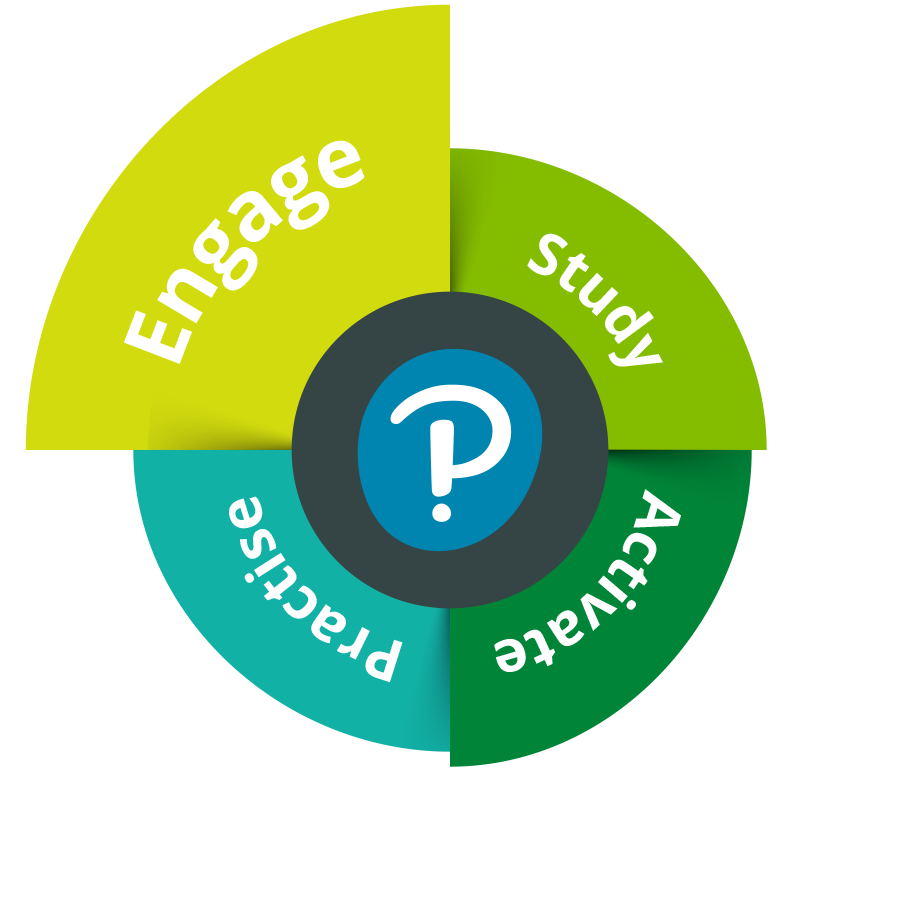

warm-up, retrieval practice, prior knowledge activation
- combine traditional teaching materials with technology
- use paper coursebook and online resources (e.g. Presentation Tool) to engage students with lesson content from the very first minute, e.g. games, discussions, stimulating pictures, video clips, short stories, amusing anecdotes, intriguing questions
- do retrieval practice based on reports from Online Practice
- reuse and recycle activities from SB and WB with tools available in Presentation Tool (e.g. create open-ended tasks from closed-ended ones)
- ensure student engagement and active participation in the classroom
- offer a more personalised learning experience for each student
- deliver varied and interactive activities for all learning abilities
- allow students to engage with lesson content in multiple ways
- save time on lesson planning and creating new resources
- offer multiple opportunities to help students recall material learnt in previous lessons
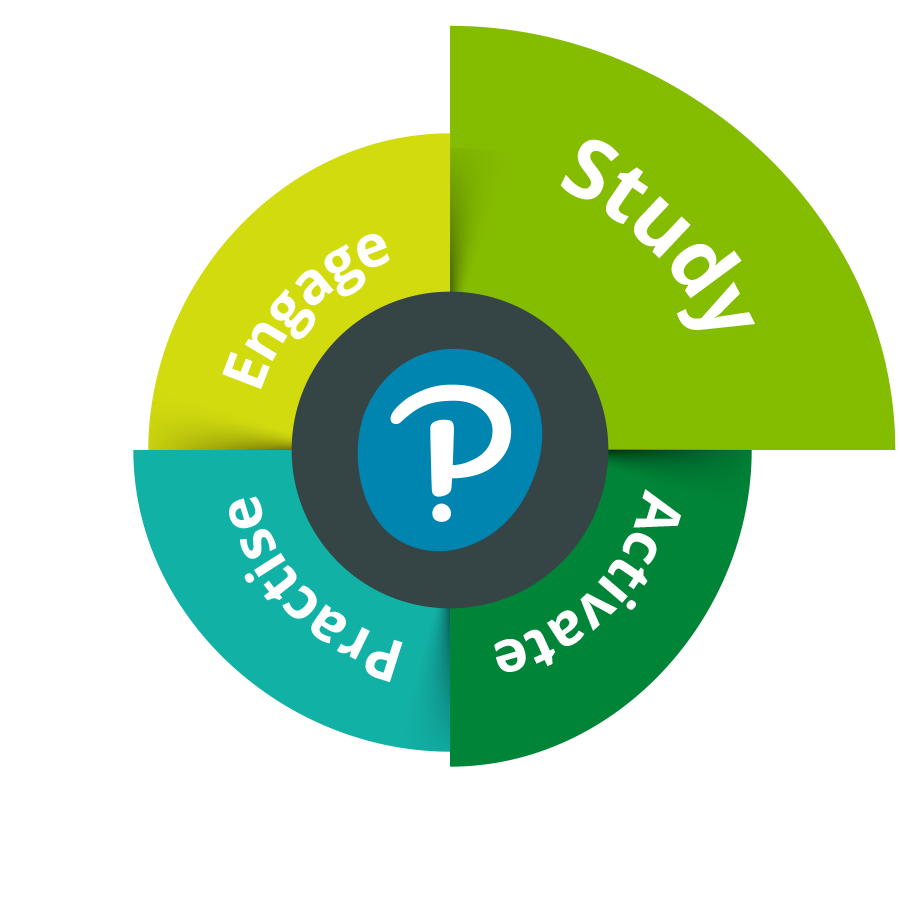

new language introduction followed by controlled practice
- use a paper coursebook and Presentation Tool to deliver new content
- use paper and digital materials to practise new language in a controlled way
- use ActiveBook to do closed-ended tasks
- use paper coursebook to do open-ended tasks
- provide additional tasks to fast-finishers in ActiveBook without adding unnecessary pressure to slower-paced learners
- give students enough time to practise new language in safe environment
- avoid lengthy teacher talking time
- vary the pace of the lesson and type of activities to keep learners’ attention
- give students enough time to think of an answer before nominating a student to respond
- ensure the right level of challenge – not too easy and not too difficult – to keep students engaged and active in class
- allow students multiple attempts to do a task until they get all the answers correct and the material is mastered
- allow time for meaningful feedback on students’ performance
- embrace mistakes as opportunities to learn
- create an active and meaningful learning environment for students
- ensure student engagement and active participation in the classroom
- provide constant mental stimulation to keep students engaged and motivated
- allow students to engage with lesson content in multiple ways
- deliver varied and interactive activities for all learning abilities
- save class time on checking closed-ended tasks
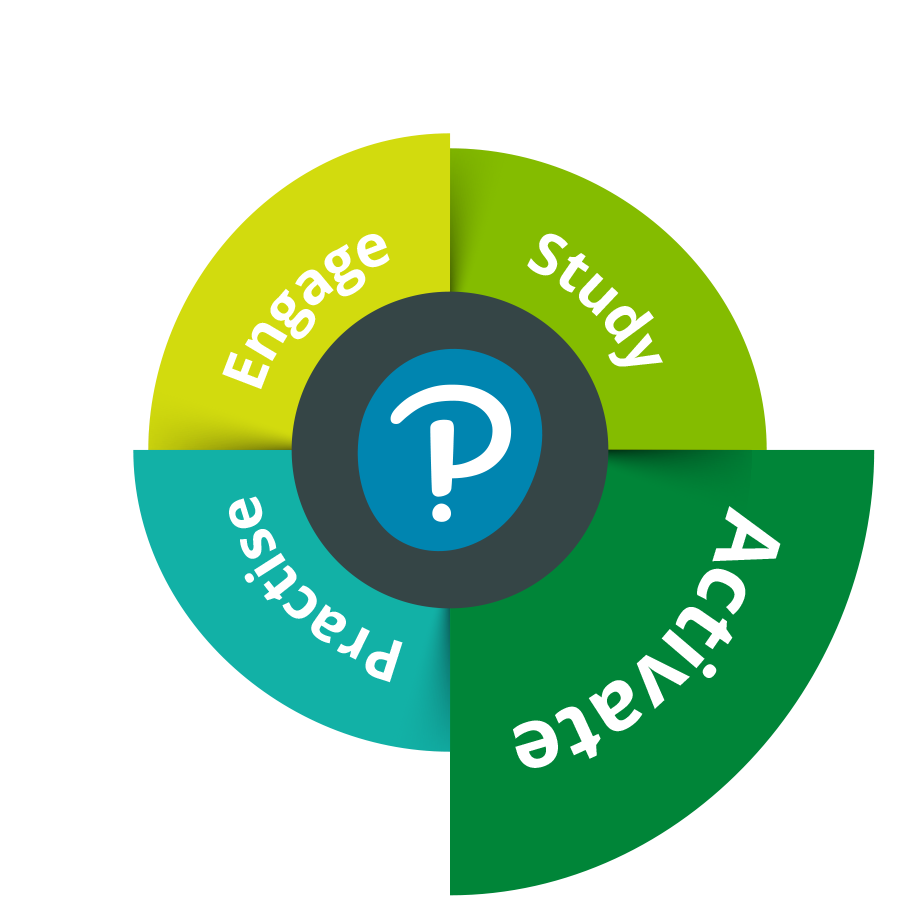

free language production
- select activities that get students using language as freely and communicatively as they can
- make sure speaking activities are cognitively activating, connected to learner interests, involve discussions, role-plays, and learning-rich games
- provide opportunities for interaction and cooperation among students
- allow time for meaningful feedback on students’ performance
- create an active and meaningful learning environment for students
- ensure student engagement and active participation in the classroom
- allow students to engage with lesson content in multiple ways
- deliver varied and interactive activities for all learning abilities
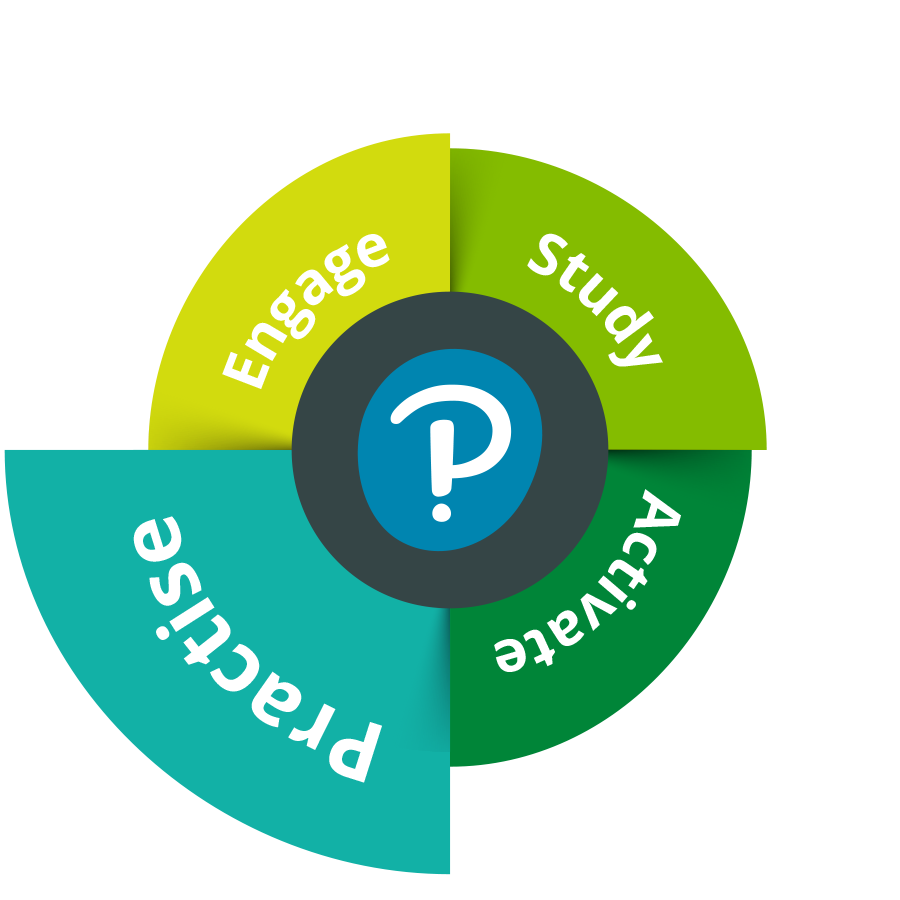

in Interactive Environment on PEP
- assign tasks in PEP (Online Practice) with automated scoring and reporting and instant feedback
- assign a single task to the whole class or different tasks to different students depending on their abilities and needs
- monitor students’ performance online
- check if lesson objectives have been achieved
- use Test Generator to assign low-stakes and no-stakes quizzes as part of retrieval practice
- tailor homework assignments to different abilities and specific needs of your students
- use data on each student progress and errors to offer personalised support and guidance for each student
- address lost learning
- cater for mixed-ability classes
- save time on marking and grading students’ paper workbooks
- foster self-learning skills among students
- offer multiple opportunities to help students recall and review new material
- help students to focus on the learning process rather than on getting the grade
Assess and test
- use Test Generator to generate paper or online tests based on the content from the assessment package that comes with the course
- select or deselect activities to include on a test
- randomise the order of the questions and the order of the items within the questions
- create multiple versions of the test so that students do not see the items in the same order as others in the classroom
- assign placement tests, diagnostic tests, progress tests and achievement tests online
- save time on marking and grading students’ tests
- use reports on students’ performance to help you plan the course and future lessons
- use data on each student progress and errors to offer personalised support and guidance for each student
Online lesson stages
Key characteristics
Benefits for teacher and students


warm-up, retrieval practice, prior knowledge activation
- use digital materials and applications (Presentation Tool, ActiveBook)
- use online resources to engage students with lesson content from the very first minute, e.g. games, stimulating pictures, intriguing questions, video clips, short stories, amusing anecdotes
- do retrieval practice based on reports from Online Practice
- reuse and recycle activities from SB and WB with tools available in Presentation Tool (e.g. create open-ended tasks from closed-ended ones)
- use Test Generator to assign low-stakes and no-stakes quizzes as part of retrieval practice
- create an interactive and meaningful learning environment for students
- ensure student engagement and active participation in the classroom
- offer a more personalised learning experience for each student
- save time on lesson planning and creating new resources
- deliver varied and interactive activities for all learning abilities
- monitor students’ work in real time
- offer multiple opportunities to help students recall material learnt in previous lessons


new language introduction followed by controlled practice
- use Presentation Tool and ActiveBook to deliver new content
- use ActiveBook with automated scoring and reporting, and instant feedback for students to practise new language in a controlled way
- assign tasks and monitor students’ performance in real time in Virtual Classroom
- provide additional tasks to fast-finishers in ActiveBook without adding unnecessary pressure to slower-paced learners
- give students enough time to practise new language in safe environment
- avoid lengthy teacher talking time
- vary the pace of the lesson and type of activities to keep learners’ attention
- ensure the right level of challenge – not too easy and not too difficult – to keep students engaged and active
- give students enough time to think of an answer before nominating a student to respond
- allow students multiple attempts to do a task until they get all the answers correct and the material is mastered
- embrace mistakes as opportunities to learn
- allow time for meaningful feedback on students’ performance
- create an interactive and meaningful learning environment for students
- ensure student engagement and active participation in the classroom
- provide constant mental stimulation to keep students engaged and motivated
- offer a more personalised learning experience for each student
- save time on lesson planning and creating new resources
- deliver varied and interactive activities for all learning abilities
- monitor students’ work in real time
- save class time on checking closed-ended tasks


free language production
- select activities that get students using language as freely and communicatively as they can
- make sure speaking activities are cognitively activating, connected to learner interests, involve discussions, role-plays, and learning-rich games
- provide opportunities for interaction and cooperation among students
- organise speaking tasks by managing microphones
- pair or group students in breakout rooms or in chat rooms
- invite learners to record their answers to a speaking task or type their answers to a writing task in Active Book
- allow time for meaningful feedback on students’ performance
- create an active and meaningful learning environment for students
- ensure high level of student engagement
- deliver varied and interactive activities for all learning abilities
- monitor students’ work in real time
- allow students to engage with lesson content in multiple ways


in Interactive Environment on PEP
- assign tasks in PEP (Online Practice) with automated scoring and reporting and instant feedback
- assign a single task to the whole class or different tasks to different students depending on their abilities and needs
- monitor students’ performance online
- check if lesson objectives have been achieved
- use Test Generator to assign low-stakes and no-stakes quizzes as part of retrieval practice
- tailor homework assignments to different abilities and specific needs of your students
- use data on each student progress and errors to offer personalised support and guidance for each student
- address lost learning
- cater for mixed-ability classes
- save time on marking and grading students’ paper workbooks
- foster self-learning skills among students
- offer multiple opportunities to help students recall and review new material
- help students to focus on the learning process rather than on getting the grade
Assess and test
- use Test Generator to generate paper or online tests based on the content from the assessment package that comes with the course
- select or deselect activities to include on a test
- randomise the order of the questions and the order of the items within the questions
- create multiple versions of the test so that students do not see the items in the same order as others in the classroom
- assign placement tests, diagnostic tests, progress tests and achievement tests online
- save time on marking and grading students’ tests
- use reports on students’ performance to help you plan the course and future lessons
- use data on each student progress and errors to offer personalised support and guidance for each student
Learn more about our digital tools:
Pearson English Portal
The Pearson English Portal aligns on and offline English teaching and learning resources, bringing them together at a single access point; providing a comprehensive, easy to use learning management tool.
Enriched with a variety of digital resources, the portal encourages engagement, improves teaching, enhances the learning experience and improves outcomes.
Pearson English Portal offers a single access point to all of your online course components, including MyEnglishLab.
ActiveBooks
ActiveBooks offers an interactive Student’s Book for students with interactive activities, automated scoring as well as video and audio at the point of use, giving them opportunities to develop their language according to their pace and abilities and making distance learning easier.
For teachers ActiveBooks provides additional functionalities such as Presentation Tool, Groups and Assignments sections, Tests and Reports to monitor student’s progress.
MyEnglishLab
MyEnglishLab offers interactive tasks and additional benefits, helping you to access learning anytime, anywhere.
For teachers MyEnglishLab provides automated marking, monitoring progress and can serve as an online messaging tool. For students the tool offers tips and feedback, as well as access to video and audio.
Where to find Access Codes?
- If your students do have their workbooks – the access codes can be found inside the front cover and activated at english.com/activate.
- No book, no problem! Please contact your local representative to find out how to access digital resources.
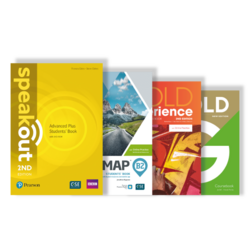
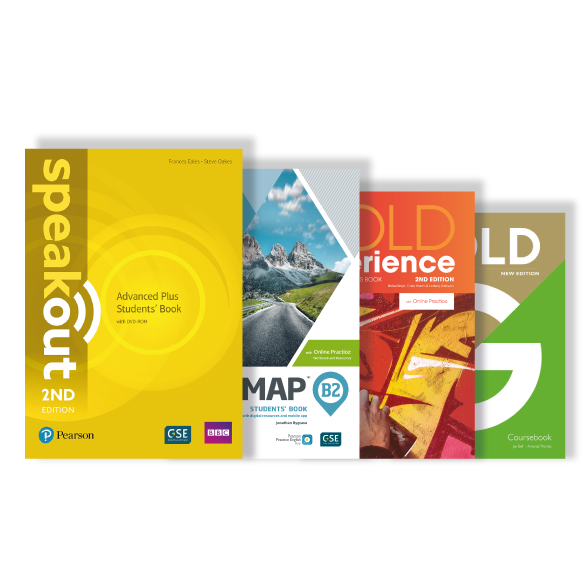
"How to teach online with..." guides for our key titles
Explore digital components of our key courses, learn about the methodology behind them and use sample online lesson plans as your source of inspiration.
The guides are available for the following titles:
